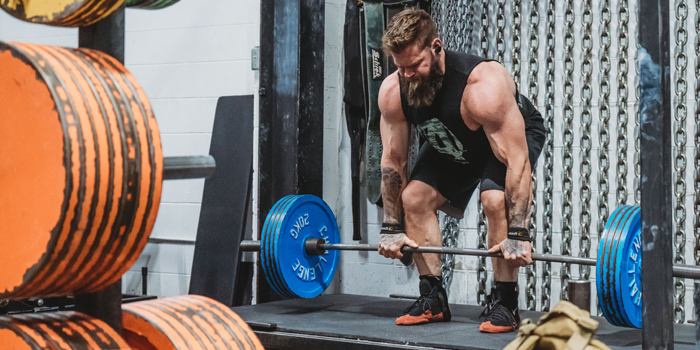
In Part 1, we discussed the neuro-respiratory relationship between inhalation and exhalation, as well as their imposed demands on the parasympathetic and sympathetic branches of the autonomic nervous system, respectively. Today, we’re going to go over the functional implications that our sympathetic dominance has on our musculoskeletal system.
Function vs Action
Before we get into the nuanced details of the muscles involved in respiration, I want to draw attention to a stark contrast in the way muscles operate. A muscle can be relied upon to fulfill its action or function, or, as is often the case, a sliding scale of both.
PART 1: War Within a Breath: How it Works
Let’s take the example of the gluteus medius (glute med), a muscle of the lateral hip that often gets trained with monster walks, hip circles, or Jane Fonda clamshells. In these examples, the glute med is being trained in its action of resisted abduction and external rotation, but let’s consider how that glute works when we’re walking. As we trot about our daily lives, we don’t often (if ever) find ourselves needing to exert force through our glute meds?
Do we?
No.
The glute med functions to laterally stabilize the hip through the gait cycle, thus allowing us to create seamless forward propulsion through locomotion.
Definitions
Function: How muscles behave when we walk and breathe.
Action: How muscles behave when we move the origin to insertion.
When it comes to breathing, we need to now consider a symphony of different muscle functions as we go through both inhalation and exhalation.
Muscles of Inhalation
Taking a breath in, as explained in Part 1 of this series, is a complex phenomenon, made possible by the nervous system through a cascade of sympathetic events. But these events are rendered useless without the integration of our musculoskeletal system.
Principal Muscles of Inhalation
- Diaphragm
- External intercostals
Accessory Muscles of Inhalation
- Sternocleidomastoid
- Scalenes
- Pec minor
One thing to make note of is that the muscles that assist the sympathetic dominant process of inhalation are all based around the neck and scapula.
Muscles of Exhalation
Exhaling is a much more passive endeavor, as the elastic property of our lungs and diaphragm assist in this process. That being said, there is muscular control that assists exhalation, especially in forced or full exhalation. When reading this list of muscles, don’t forget that this process is a parasympathetic-driven process.
Principal Muscles of Exhalation
- Internal intercostals
Accessory Muscles of Exhalation
- External obliques
- Internal obliques
- Rectus abdominis
- Transverse abdominis
- Quadratus lumborum
The big takeaway around the parasympathetic-driven process of exhalation is that the majority of the muscles involved are based around the lumbar spine.
Conclusion
As a clinician and lifter, I often get inquiries regarding how to manage low back and neck pain, as both seem to be an inevitable consequence of lifting and life.
But rather than taking the direct approach of looking locally at the tissue tolerance of the muscles making up each region, and concerning ourselves with arbitrary stretching and/or with the strengthening of the lower back, and neck, we need to consider the potential underpinning imbalance from an asymmetry in breathing patterns. The fact that we’re likely spending more time in a high-stress, inhalation, sympathetic-dominant state in both life and lifting is creating a neurological, neuro-respiratory, and musculoskeletal imbalance that could be leading to pain and dysfunction.










